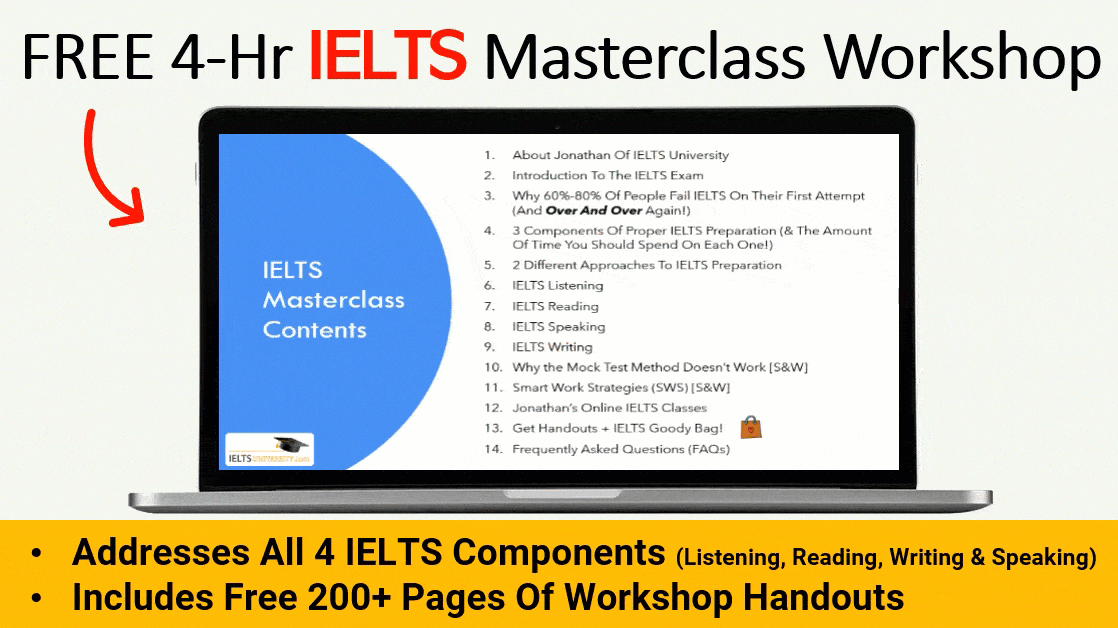The IELTS exam assesses your English language proficiency across several domains, and grammar plays a pivotal role, particularly in your writing and speaking scores. Having a sound grasp of English sentence structures allows you to convey ideas with clarity, coherence, and precision, all of which are essential for achieving those desired high band scores. This article will equip you with essential knowledge about building strong sentences to help ace your IELTS exam.
The Building Blocks: Simple, Compound, and Complex Sentences
Let’s start with understanding the fundamental types of sentences that form the basis of English grammar:
- Simple Sentences: These contain a single independent clause, expressing a complete thought. They have one subject and one verb.
- Example: The students studied diligently for the exam.
- Compound Sentences: These sentences have two or more independent clauses joined by coordinating conjunctions (such as for, and, nor, but, or, yet, so).
- Example: The students studied diligently for the exam, and they were confident about the results.
- Complex Sentences: These sentences contain one independent clause and at least one dependent clause joined by a subordinating conjunction (such as after, although, because, if, since, unless, while).
- Example: Because the students studied diligently, they scored well on the exam.
Mastering Sentence Variety
In the IELTS test, it’s imperative to demonstrate your versatility in using a mix of sentence structures. Overly relying on simple sentences makes your writing seem simplistic, while exclusively using complex sentences can make it difficult to follow. Here’s how to strike the right balance:
- Purpose: Simple sentences are effective for making clear, direct statements. Complex sentences are well-suited for explaining relationships, providing reasons, or expressing conditions.
- Flow: Using a mix of sentence structures adds rhythm and variety to your writing, making it more engaging for the reader.
Conjunctions: The Glue That Holds Sentences Together
Conjunctions play a vital role in forming compound and complex sentences. Knowing the difference between coordinating and subordinating conjunctions is crucial for accurate sentence construction:
- Coordinating Conjunctions: Remember the acronym FANBOYS (for, and, nor, but, or yet, so) to help you recall the common coordinating conjunctions.
- Subordinating Conjunctions: These signal a dependent relationship between clauses. Some common subordinating conjunctions include: after, as, because, before, if, since, though, until, when, while.
Beyond the Basics: Advanced Sentence Structures
To truly impress the IELTS examiners, go beyond the simple/compound/complex framework. Here are some more sophisticated structures to incorporate into your writing:
- Appositives: An appositive is a noun or noun phrase that renames or explains another noun beside it.
- Example: The professor, a renowned linguist, delivered a fascinating lecture.
- Participial Phrases: These phrases start with a present participle (-ing form) or a past participle (-ed form) and function as adjectives.
- Example: The student, feeling prepared for the exam, walked confidently into the room.
- Relative Clauses: These clauses start with relative pronouns (who, whom, whose, which, that) and modify a noun.
- Example: The book, which was written by a famous author, won many awards.
Common IELTS Grammar Pitfalls to Avoid
- Subject-Verb Agreement: Ensure your subject and verb agree in number (singular or plural).
- Incorrect: The group of students are waiting.
- Correct: The group of students is waiting.
- Run-on Sentences: Be mindful of sentence boundaries. Long, rambling sentences without proper punctuation can be difficult to understand.
- Comma Splices: Don’t join independent clauses with only a comma. Use appropriate conjunctions or punctuation.
- Fragments: Avoid incomplete sentences that lack a subject or a verb.
Practice Makes Perfect
The best way to internalise these grammar concepts is through practice. Here are some exercises:
- Sentence analysis: Identify the types of sentences (simple, compound, complex) in a sample text.
- Sentence transformation: Rewrite simple sentences as complex sentences, and vice versa.
- Sentence combination: Combine short sentences using conjunctions and other techniques.
- Proofreading: Proofread your written work attentively for grammatical errors.

